A nifty modulation technique used by composers since time immemorial, the pivot chord enables you to smoothly transition from one key to another via an intermediate chord of notes shared by both.
Using it, you can bring real sophistication and character to your chord progressions.
Here's how it's done…
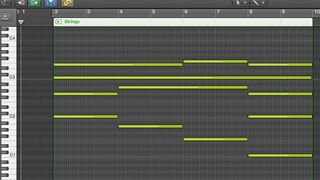
Step 1: This chord progression couldn't be more 'standard'. It starts with a major chord (C), drops to A minor, drops again to F major and then resolves back to C. We've heard it a million times and it's sounding a little tired. However, contained within each chord of this progression is the note 'C', as the root of the first chord, the third of the A minor and the fifth of the F chord. Let's use this note as the key to unlocking a more interesting chord progression.
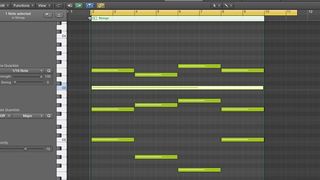
Step 2: Let's start by swapping the second chord for an A flat major. The notes contained within this chord are A flat, C and E flat, so we can use that C in the middle as a pivot - the continuation of that note should ensure that, while the chord move is a little more unusual, it doesn't sound completely alien. So, compared to the original A minor, both the A and the E drop by a semitone to provide the A flat major chord.
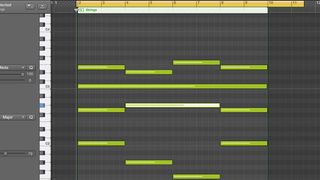
Step 3: The third chord is currently F major but we can add a slightly darker feel to the harmony by switching this to F minor. This gives us two notes to 'pivot' from; both the C and the A flat from the A flat major chord can stay this time, with only the top note needing to move up to F. This adds a greater sense of richness to the progression overall.
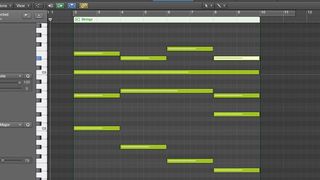
Step 4: The fourth chord feels like it's in a hurry to get us back to C major, and it might be more interesting to give our chord progression more of a twist before heading back to the first chord. Let's swap it for a C minor but one with an E flat in the bass, so that it doesn't feel quite as 'grounded' as the previous chords. As it'll still be a 'version' of a C chord, we can still use the note C as a pivot.
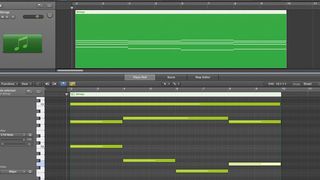
Step 5: This creates a very different mood, partly because the chord is minor and partly because it's not rooted in the same way now that it's got the third of the chord at the bottom, rather than the root note. This is called a first inversion chord, as is any chord with the third at the bottom (major or minor). A chord with the fifth at the bottom is called a second inversion.

Step 6: It often works well to underpin the central note of a pivot chord in your arrangement. Here we've added drums and bass to flesh things out a bit, but we've also added an electric guitar part, which only plays the note C in octaves, and another, more sustained electric guitar that swells up to each chord change. This also only plays C. Reinforcement of the pivot note helps to smooth out any 'unusual' chord moves and glues the harmony together.

